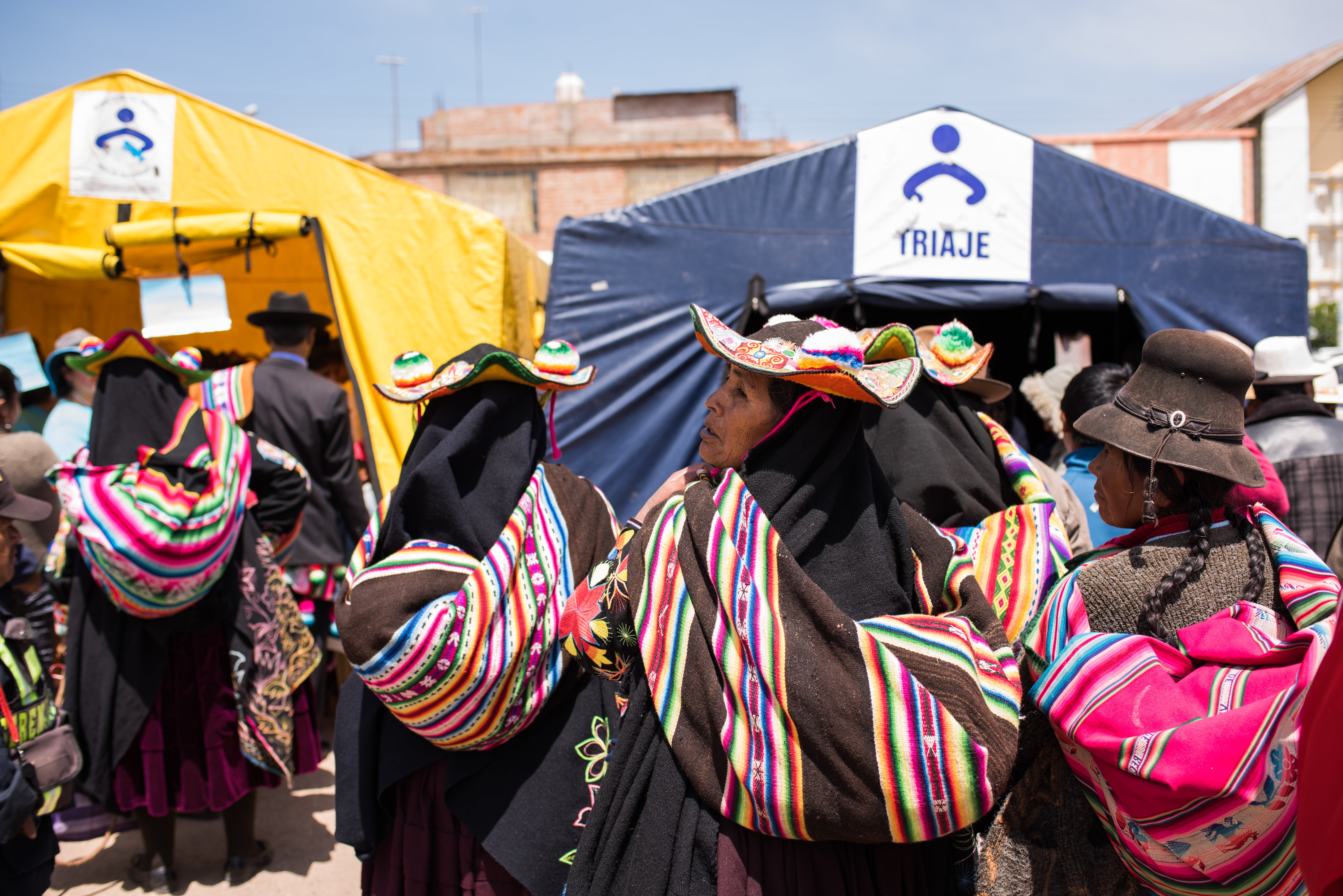IMPROVING PRIMARY HEALTH CARE EFFICIENCY IN PERU
CONTENTS

By prioritizing expanded and equitable access to primary health care (PHC) services, Peru improved the efficiency of its health system and achieved dramatic improvements in neonatal, child, and maternal health.
Primary health care is a whole-of-society approach to effectively organize and strengthen national health systems to bring services for health and wellbeing closer to communities.
Researchers estimate that high-quality care via PHC could prevent more than half of excess deaths in low- and middle-income countries each year and could avert as many as 60 million deaths by 2030. Effective PHC can also reduce health care costs by lowering hospital admissions and rates of emergency department use.
Finally, experts believe strengthening PHC is essential to achieving universal health coverage worldwide.
Despite the complexity of improving PHC in resource-constrained settings, Exemplar countries like Peru have implemented a range of complementary health system reforms focused on financing, governance, access to care, and performance and accountability. As a result, they have performed better than their peers over the past 20 years relative to their total health spending.
Exemplars research distinguished two broad ways, or pathways, in which Peru’s reforms improved PHC performance and efficiency:
Peru enabled strong health system governance at the national and regional levels by establishing efficient, data-driven planning processes and empowering civil society groups for accountability and oversight.

The first set of interventions strengthened national and local health system governance. Investments in data production and transparency enabled policymakers and others to monitor and audit health system performance and to establish more robust processes for priority setting and planning. Empowering civil society groups enabled local representation in—and oversight of—those processes.
Peru enabled better access to health services nationwide by expanding national health insurance programs and implementing human resource incentives to attract and retain health workers.
The second set of interventions focused on improving access to health care. Increased access to health insurance (and cross-sectoral antipoverty programs) made health services more affordable to more people. Performance incentives increased provider motivation and enabled more equitable human resource distribution nationwide.

IMPROVING PRIMARY HEALTH CARE EFFICIENCY IN PERU

Ask an Expert
Our team and partners are available to answer questions that clarify our research, insights, methodology, and conclusions.
